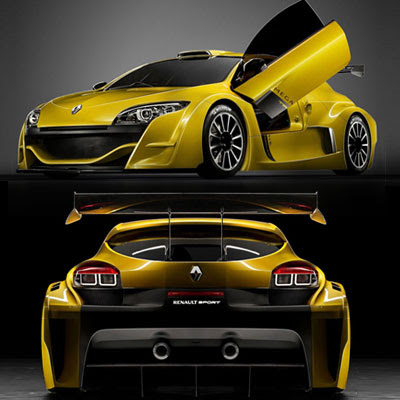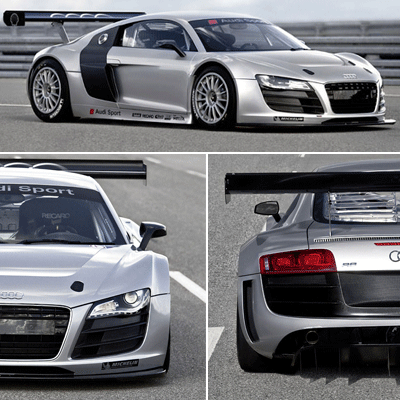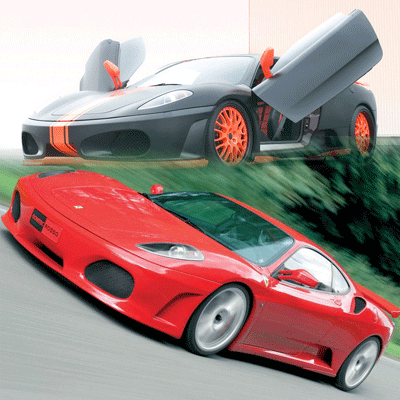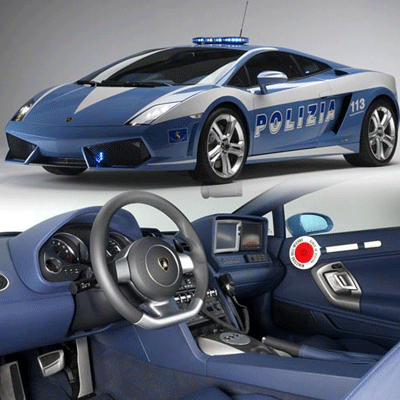Showcasing the cool 2010 Ford F-150 SVT Raptor. The Raptor launches with the proven three-valve Triton 5.4 litre V8 engine delivering 320 horsepower and 390 ft.-lb. of torque; a new 6.2-liter engine with an estimated 400 horsepower and 400 ft.-lb. of torque becomes available shortly after launch. Both engines underwent extreme laboratory testing, including running the engines at over 6,000 rpm for more than 150 hours. The engines also were put to the test in the desert on a 62-mile evaluation loop to prove out the durability demanded by high-performance, off-road enthusiasts.
Ford F-150 SVT Raptor VideosMike Harrison’s enthusiasm for V-8 engines is apparent. Harrison, Ford Motor Company’s premium V-8 systems manager, is particularly excited about the availability of the new 6.2-liter V-8 that will power the Ford F-150 SVT Raptor. Producing an estimated 400 horsepower and 400 ft.-lb. of torque, Harrison rattles off the new engine’s components and features quickly and easily, pointing them out and explaining them with more than a trace of pride.
Harrison wants that engine to perform to its maximum capabilities so that customers of the F-150 SVT Raptor won’t have anything to worry about. In short, if the engine can withstand the rigorous testing Ford demands during the development cycle, it can withstand almost anything the most enthusiastic off-roader can dish out, even desert racers.
The testing is intense. It’s cruel, dusty and dirty. By working in the lab to push the engine to its limits, the process simulates how a customer would use the engine. But then it goes a little bit further.
“Running it over 6,000 rpm for more than 150 hours, which is over the peak power limit of the engine, really puts it through its paces,” Harrison said. “We’ve tested it in harsher operating conditions on the engine dyno than would ever be seen by a customer who races.”
Features of the new 6.2-liter V-8 engine include:- Cast-iron engine block and four-bolt main bearing caps, with additional cross bolts, for durability
- Aluminum cylinder heads, with two valves per cylinder head and two spark plugs per cylinder to more efficiently burn the fuel-air mixture in the combustion
- Single overhead camshaft with roller-rocker shaft drivetrain, which creates a stiff valvetrain that allows optimized camshaft lift profiles and results in better low-speed torque. The roller-rocker shafts allow valve angles to be splayed, resulting in optimized intake and exhaust port layout for better engine “breathing”
- Dual-equal variable cam timing means intake and exhaust valve opening and closing events are phased at the same time to optimize fuel economy and performance throughout the engine speed range and throttle positions Core to the improvements is using a larger bore and shorter stroke. This approach to creating power has its roots in storied Ford racing engines from the past. The large bore (102 mm) allows for larger intake and exhaust valves for improved engine breathing, and the shorter stroke (95 mm) allows higher engine speed for increased horsepower. Still, peak horsepower is generated at a relatively modest 5,500 rpm. Piston cooling jets squirt oil on the underside of the pistons to keep the piston crowns cool under extreme operating conditions.

The 2010 Ford F-150 SVT Raptor launches with Ford’s proven three-valve Triton 5.4-liter V-8 engine. The new 6.2-liter engine will become available in early 2010. Visit the
Ford Raptor website for more information.









































